Look closely and you can see it etched in his face – 6,000 years of living and working in the wilderness on Canada’s Hudson Bay coast. Churchill Wild polar bear guide Albert “Butch” Saunders doesn’t say much, but when he speaks, guests listen.
He also takes exceptional photographs.
“That’s something most people don’t know about Butch,” said National Geographic photographer Jad Davenport, who has worked on numerous assignments with Saunders. “He’s a gifted and dedicated wildlife photographer. He always has his Nikon handy, even when he’s sliding through the timber tracking mother polar bears and their cubs.
“He makes incredible pictures because he understands the wildlife better than anyone — he knows when a polar bear cub is going to kiss his mother, he knows how the wolves will react when they get together, and he knows how to sit still and wait for the red foxes to come close instead of chasing them.”
Saunders’ photography skills have developed naturally as result of spending a lifetime in the wilderness. The 64-year-old Swampy Cree First Nations guide has worked with Churchill Wild at Nanuk Polar Bear Lodge for over 10 years, but he’s been helping outdoorsmen in the area since the late 1970s when John Hicks operated Nanuk as a goose hunting lodge.
Six thousand years on the Hudson Bay coast
Saunders’ practical experience is further enhanced by the teachings of his elders. His direct ancestry in the area traces back to the 17th century and the birth of the fur trade in Canada, but evidence of the Swampy Cree on the Hudson Bay coast dates back almost six millennia.
Saunders’ parents, Horace and Mary, and his grandparents, grew up on the banks of the Hayes River across from the historic York Factory, where they helped provide sustenance for those who worked for the Hudson’s Bay Company (HBC). Originally established as a fur trading post in 1684 by the HBC, York Factory went on to become the headquarters for the HBC in northern Canada from 1821 to 1873 and was in operation for more than 270 years.
The Swampy Cree, who are today known as York Factory First Nation, were essential to the operation of York Factory in the early days, providing furs to the Europeans while also acting as experienced guides, trappers and hunters who knew how to survive on the harsh and unforgiving landscape, especially during the frigid winters.
Snowshoes and dogsleds were the only methods of travel during the winter, and the Cree each had their own designated trapping areas. Sometimes a number of families would work a trapline together, with rudimentary cabins along their routes.
When York Factory closed in 1957, the Swampy Cree (Maškēkowak / nēhinawak), including the young Saunders and his parents, were relocated 250 kilometres southeast to York Landing. After some misadventures in a residential school in Dauphin, Manitoba that gained him the nickname “Butch” of Butch Cassidy and the Sundance Kid fame, Saunders returned home to York Landing as a teenager and began to learn how to live as his ancestors had, as a hunter, trapper and guide.
Practical experience in the wilderness
“I figured I wasn’t learning anything at school,” said Saunders. “So I came home and went out on the trapline with my uncle, Stanley Saunders. That’s how I learned how to survive in the bush, from my uncle and later from other elders at York Landing. We used a dog team and I had to break trail for the dogs on snowshoes. It was hard but it was fun.
“If you were on the trail, you’d have to make your own shelters. You wouldn’t always have a cabin. Sometimes we’d have a canvas tent, and if we were out in the spring, three to four miles away, and didn’t want to come back that evening, we’d build a lean-to and sleep under that.
“The biggest thing you have to worry about in the summer is the weather, the wind and rain, especially if you’re out on the Bay in areas like Marsh Point, where the Nelson and Hayes rivers meet. When you get a north wind you get some big rollers in there.”
Saunders loved the wilderness and became an accomplished outdoorsman. He married his wife Patricia in 1981 and the couple raised three children around the same time that Nanuk experienced a lull in goose hunting clientele and was closed down. Saunders took a job working for the government at York Landing airport, but when Stewart Webber bought Nanuk Polar Bear Lodge in the late ‘90s, he was back in action again, as a polar bear guide.
Return to Nanuk
“There weren’t as many polar bears around Nanuk in the ‘70s and ‘80s as there are now,” said Saunders. “We never had any conflicts with the bears, we hardly ever saw any back then. If we were lucky, we might see one bear in the month of September. I’m not too sure, but I think they started coming around again about the same time the rocket range closed down. The bears sort of disappeared when that was here.”
The polar bears did come back to Nanuk, and it wasn’t long before Stewart Webber realized what Saunders already knew.
“There was nothing else like it out there, anywhere,” said Webber when interviewed for the Churchill Wild 25th Anniversary book. “It allowed us to be there. You had to roll with Mother Nature 100% of the time. Nanuk has a certain beauty and feeling about it that you just can’t forget. It seeps into you.
“I know for a fact that Mike (Reimer) was smitten by that feeling when he was on the ground here for the first time. He felt it as soon as he arrived. I call it the ‘Nanuk Magic.’ There’s definitely a feeling there you won’t find anywhere else in the world.”
“It’s the beauty of the land, the diversity of the wildlife, and the quiet,” said Saunders. “That’s why I keep going back.”
Saunders has seen more polar bears than most will ever see in a lifetime and been in close proximity to them on numerous occasions. He recalled a day when there were 13 polar bears, mothers and cubs, gathered together in the Nanuk compound. “I think someone got seven of them in a photo,” he said. “That was back when Stewart owned it. But they see them regularly now. Every day.”
Never turn your back on a polar bear
When Churchill Wild bought Nanuk in 2009, co-owner Mike Reimer knew that Saunders would be an excellent choice not only as a guide, but also to help new guides learn the ways of the land and the animals in the area. Practical experience working with polar bears has always been at the top of the list when hiring guides to work for Churchill Wild and Saunders had more than enough of that. He also understood Reimer’s unbreakable law: Never become complacent around polar bears.
“You never turn your back on a polar bear,” said Saunders, who carries a light 30-30 rifle with him on his guiding assignments. He’s a crack shot too.
In two different competitions among skilled marksman and hunters at York Landing he hit a target 250 yards away with just a top site on his rifle, and one of those targets was a balloon bobbing and weaving in the water. He’s had to fire a warning shot occasionally over the years at Nanuk and has proven himself under pressure. Just the kind of person you want with you when hiking in polar bear country.
Saunders learned respect for the wildlife and the land through both his elders and through personal experience. When he does hunt, it’s only to supply his family with food. He is not a trophy hunter, and neither were his ancestors.
“If you’re not going to eat it, why would you shoot it?” said Saunders, explaining a lesson that he learned from his father and now passes on to the younger generations. Animals meant survival, and nothing was allowed to go to waste. Jad Davenport provided a modern example.
“When I saw Butch with his moose skin mitts lined with fleece, I asked where he got them,” said Davenport. “He said his wife Patricia, who makes beautiful First Nations garments, sewed them. I’ve spent over $1,000 on the best hi-tech cold-weather gloves produced, but I immediately bought a pair from him and they are incredible. They’re the only mitts I wear during the March Den Emergence Quest now. Driving a snowmobile, I measured the wind chill at minus 70°C. My hands were toasty warm.”
A kinship with the animals
While working alongside polar bears, Saunders also developed somewhat of a kinship with the other animals. One of his favourites is a wolf with one floppy ear. Of course, “we called her floppy,” said Saunders. “And when we’re up there she just comes to the fence and looks around. She just got accustomed to us being there.” Saunders also gets along well with moose, according to both the moose and the guests.
“I’ll never forget one autumn at Nanuk when some guests from Australia really, really wanted to see the moose, the iconic animal of the taiga,” said Davenport. “Butch loaded us all into the Rhino all-terrain-vehicle and then grabbed a canoe paddle. The guests and I looked at each other and someone said, ‘What are you going to do, paddle us out there?’ Butch just chuckled.
“A few minutes later he hopped down and waded into a willow stand and started smacking the heck out of the trees, making all kinds of noise. Within five minutes a massive bull emerged from the thicket. He wanted to see who was making this noise to challenge him. So there they were, Butch and this bull moose, facing off a dozen metres apart — each tearing the heck out of the willows. Butch won the standoff. The Australians, as you can imagine, were over the moon.”
Saunders doesn’t guide as much as he used to, but he’s still called upon when the going gets tough, and on unique assignments such as helping the ice researchers from the University of Manitoba or specialized film crews.
“I used to be there more in the fall,” said Saunders. “I mainly just work on special projects there now.” And when he is at Nanuk, guests really enjoy his company, his teachings and stories from the past.
“Butch spends a lot of time teaching guests about his Cree heritage and how to survive on the land,” said Davenport. “On the Den Emergence Quest he started teaching everyone Cree words for animals and birds. Of course, he also has a wicked sense of humor, so I worry that he may have slipped in a few colourful phrases on my own list, and he was just waiting for me to blurt them out. I have tremendous respect for him. He has taught me so much about the wildlife and land along the Kaska Coast.”
“I’m glad I was able to teach many of the guides that Mike brought in, show them around the country,” said Saunders. “And one of the first things Mike asked me about were the secret fishing spots he’d heard about. So I took him to the Mistikokan River, to a small stretch where they used to land planes when the tide was high. He couldn’t believe they landed there with all the boulders, but they did. He casted and caught a fish right away.
“And I took him to a place on the Menahook River where my Dad and my brothers used to go in the winter when they were working at York Factory. They’d go when the ice was clear and they’d look down and they could see nothing but brook trout. They would sit there and ice fish and catch one after another.”
The fishing adventures resulted in a new fall safari at Nanuk entitled Wading Wild, which includes polar bears and fishing for both native and sea-run brook trout, sometimes in places where no human has ever been before.
The most recent polar bear safari Saunders worked on for Churchill Wild was the Nanuk Emergence Quest in March, which means cold, rugged terrain and deep snow. Not something you want to get stuck in while tracking polar bears.
“It was all good,” said Saunders. “Mike and I found tracks 20 kilometres up on the Mistikokan River. There were a mother and cubs there and we just left them alone for a day or two. Then Ben (Lawrence) and I went back and tracked them for about five days. When they got to about three kilometres from the coast, we knew that if we wanted the guests to see them, that had to be the day.”
The guests did see mom and her cubs, without chasing or bothering them, but rather from a distance, while they were hunkered down in the treeline resting. The next day, the polar bear family was gone, back out onto the sea ice where mom could hunt seals and teach her cubs the ways of the world. Back to a place where they have lived for thousands of years, not unlike Saunders and his ancestors. At home, in one of the most pristine and wild places on the planet.
A snapshot, frozen in time.
Albert Saunders Photo Gallery
- Albert Saunders. Nanuk Polar Bear Lodge. Jad Davenport photo.
- Wolves playing at Nanuk. Albert Saunders photo..
- I see everything.
- Albert Saunders at York Factory. Jad Davenport photo.
- Northern lights at Nanuk. Albert Saunders photo.
- Moose mitts and polar bear tracks. Jad Davenport photo.
- Mom and cubs at Nanuk. Albert Saunders photo.
- Fall wolf. Nanuk. Albert Saunders photo.
- Geese at Nanuk. Albert Saunders photo.
- Late summer wolf. Nanuk. Albert Saunders photo.
- Contemplating life at Nanuk. .Jad Davenport photo.
- Tender moment at Nanuk. Albert Saunders photo.
- Moose meeting. Albert Saunders photo.
- Glassing for polar bears. Jad Davenport photo.
- Caribou on the move. Albert Saunders photo.
- Conversation? Sure!
- Never turn your back on a polar bear. Albert Saunders photo.
- Heading for Hudson Bay.
- When snow falls, nature listens. ~ Antoinette Van Kleef. Albert Saunders photo. Nanuk Polar Bear Lodge
- Albert “Butch” Saunders. Nanuk. Jad Davenport photo.
Additional Reading from Google Books and more
- Voices from Hudson Bay. Cree Stories from York Factory
- Telling Our Stories. Omushkego Legends & History from Hudson Bay
- First Peoples in Canada
- Eighteenth-Century Naturalists of Hudson Bay
- Muskekowuck Athinuwick: Original People of the Great Swampy Land
- The People and Culture of the Cree
- National Indigenous History Month
- National Indigenous Peoples Day
- #IndigenousReads Reading List

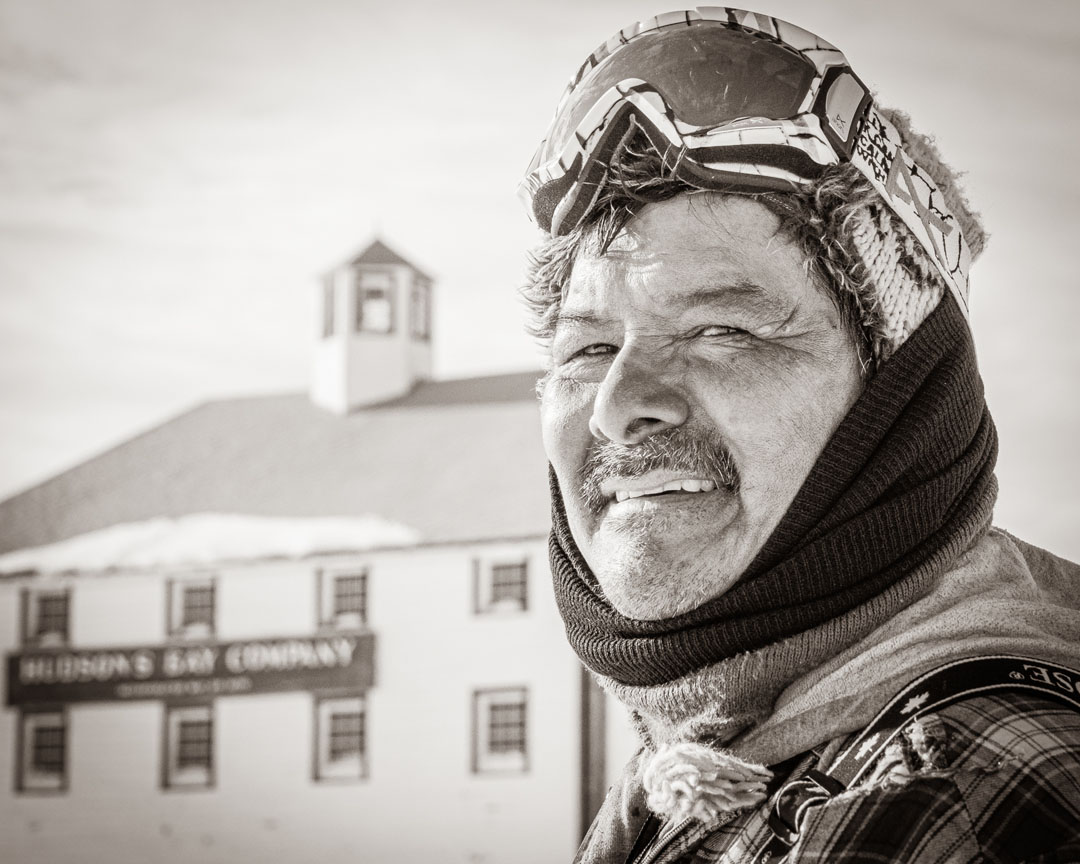
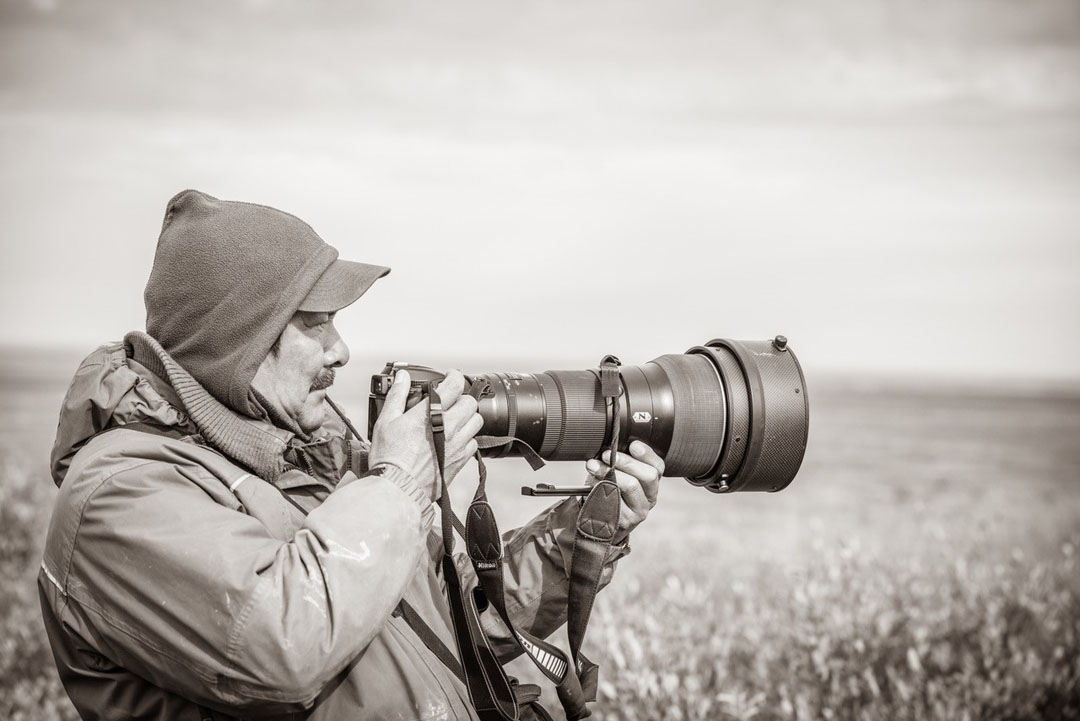
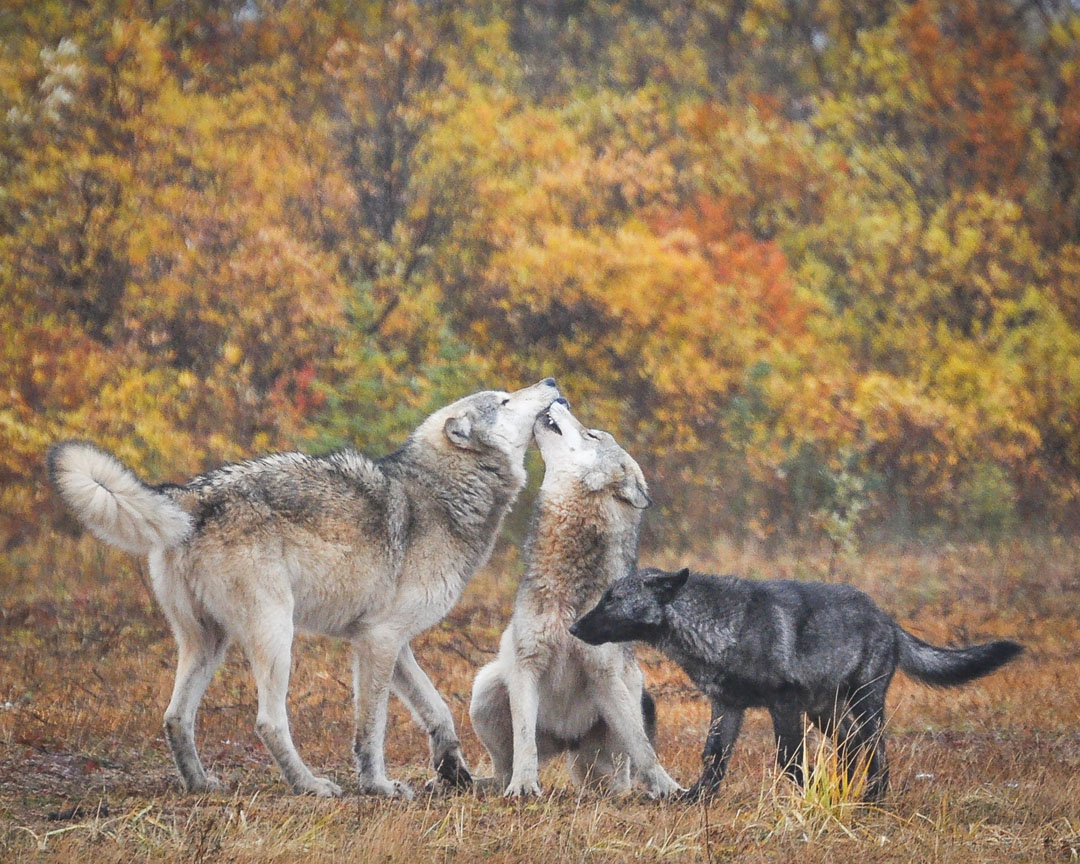

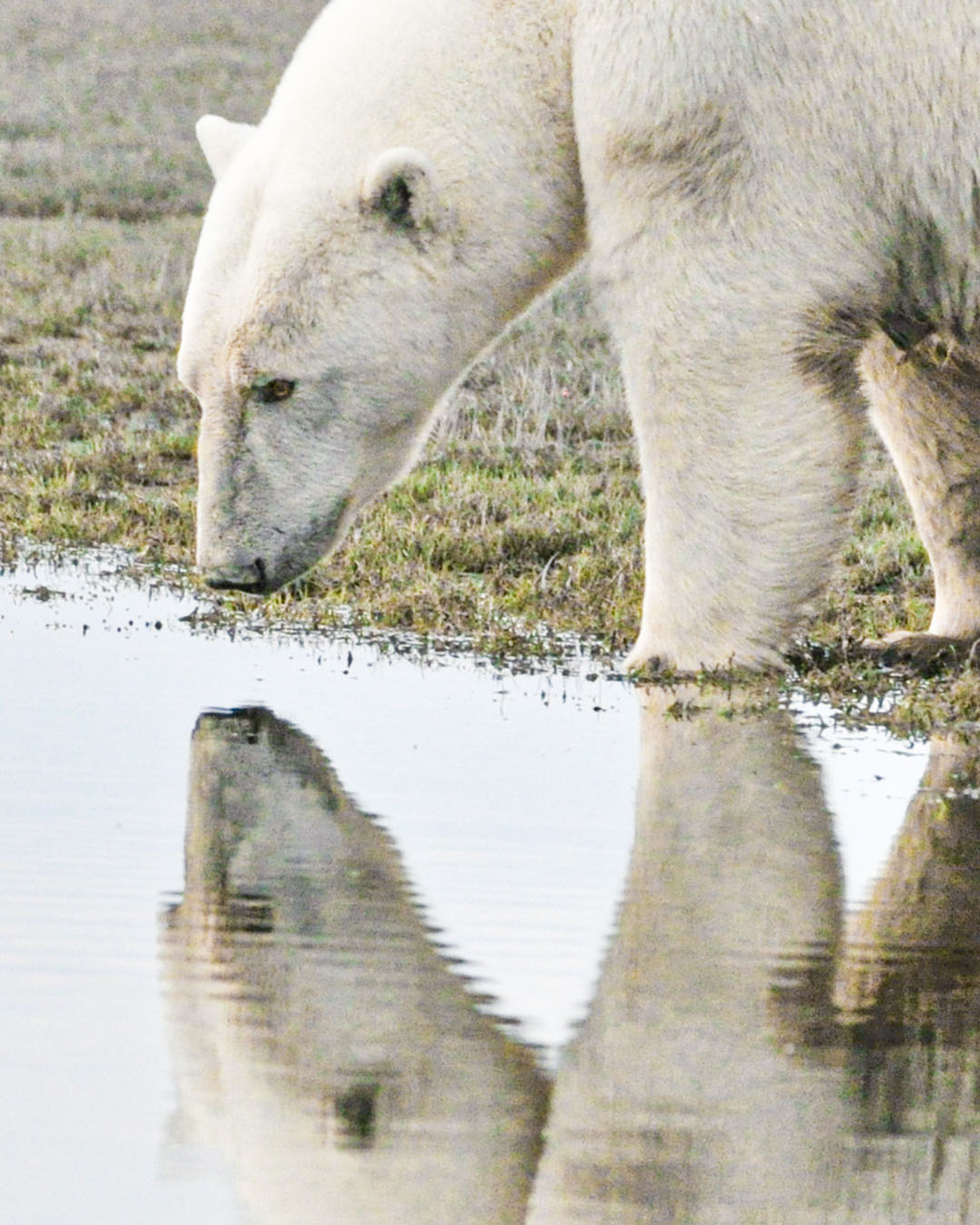
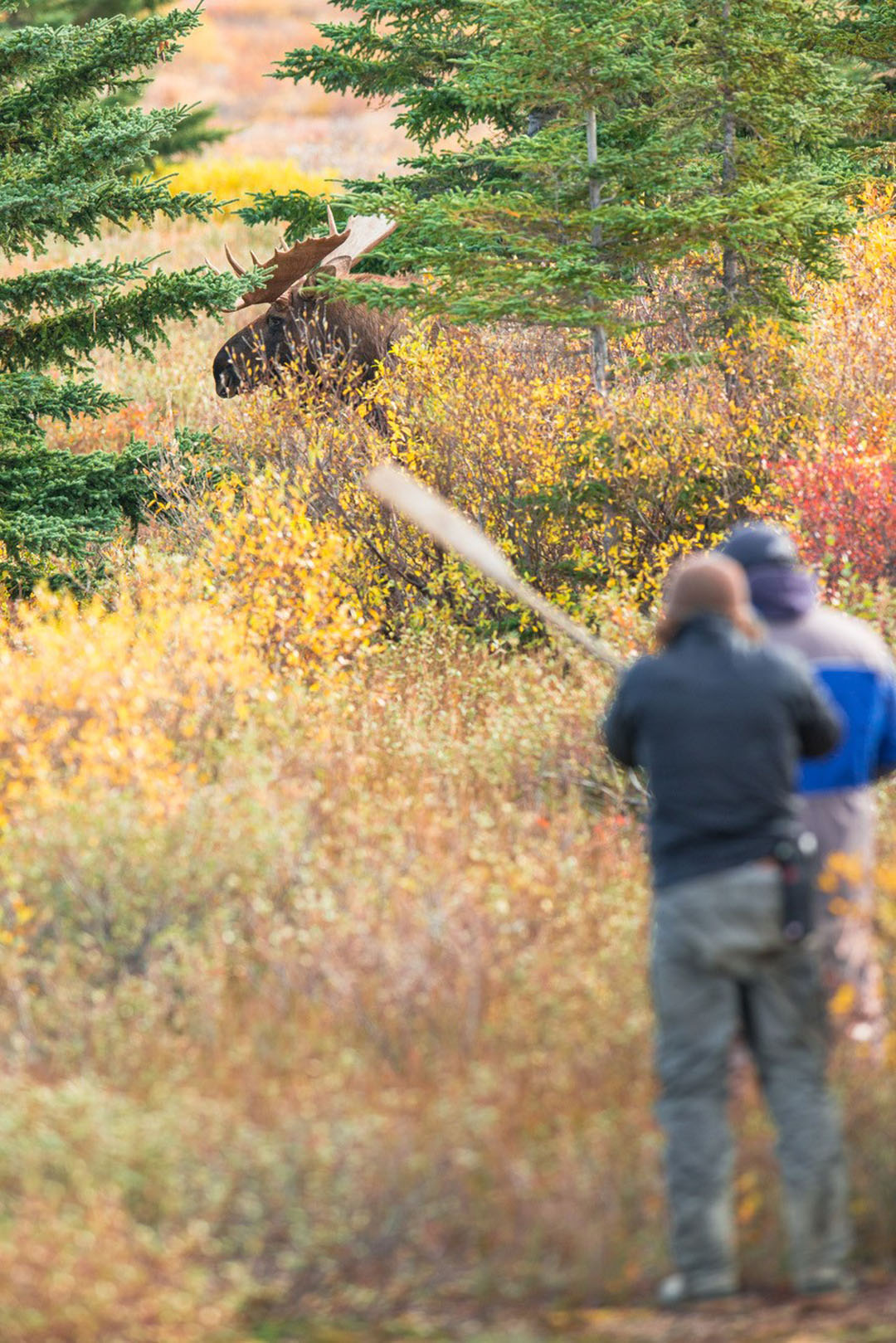
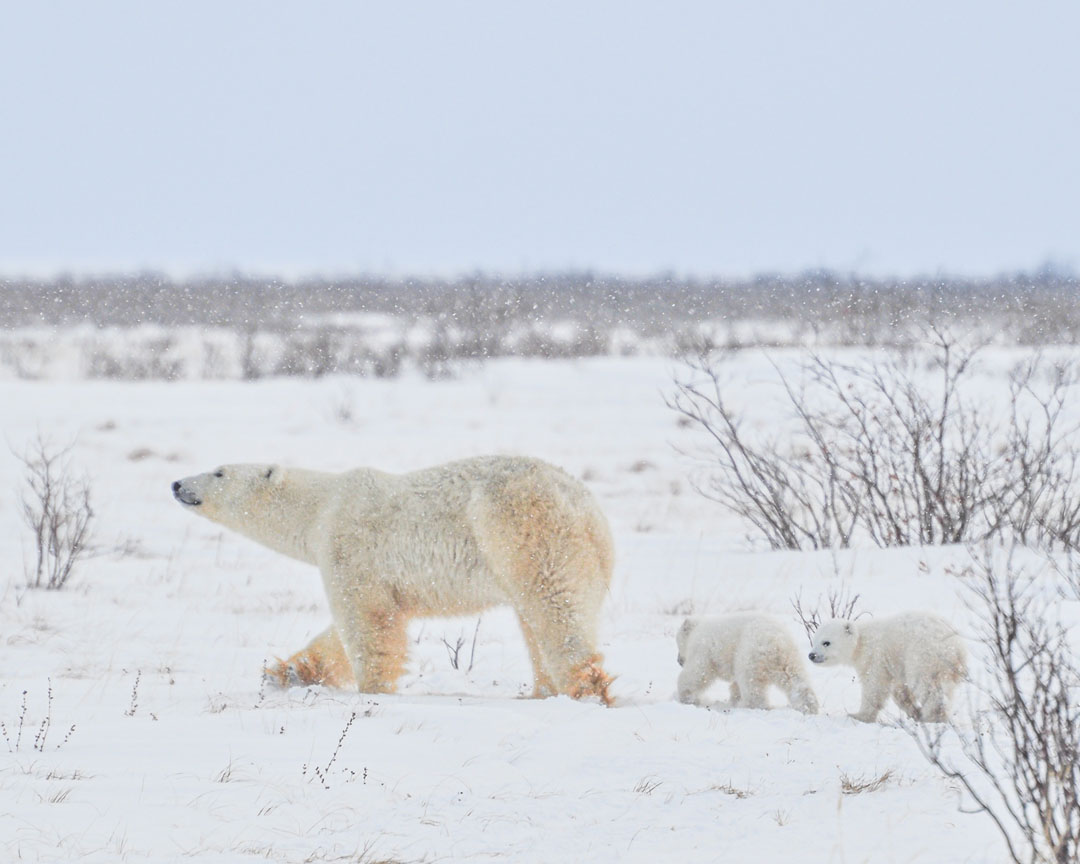
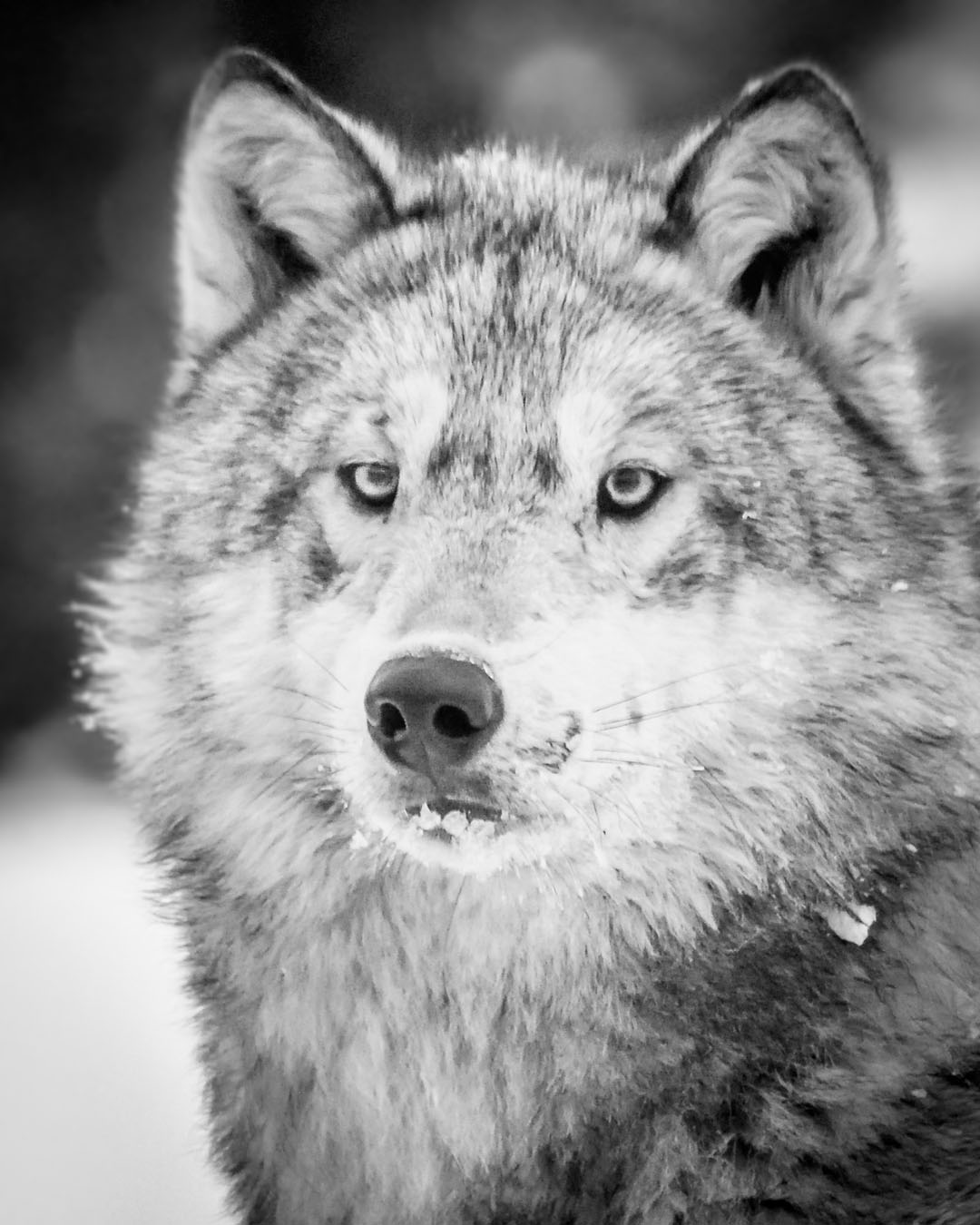

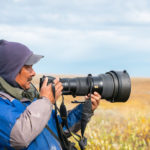
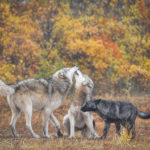
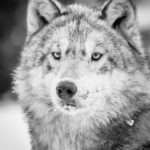
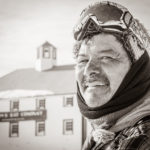
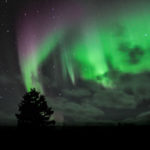
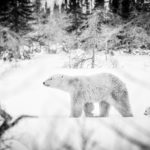
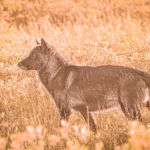

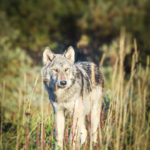


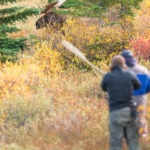
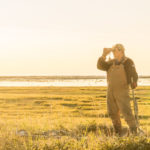
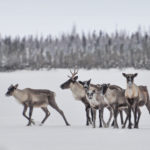
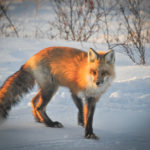
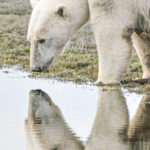
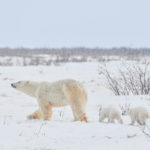
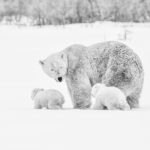
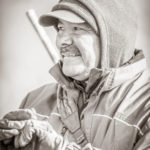








Great story! And so accurate. Butch IS a man of few words, but when he speaks you want to listen very, very carefully. I’ve often thought that photo credits should include the photographers name and the guide’s name–nothing would be possible for me without them.
Thank you Jad! And for all the help with your photos and quotes!
Definitely agree with your point about including the photographer and the guide’s
name in the photo credits. Great team effort!
And we do love it when a story comes together like this. 🙂
Wonderful story. Beautiful photos. Thank you.
In 2012 my son and me had the privilege to be in a group with Albert and the late Andy McPhearson.
It was the „Mothers and cubs“ tour and we have wonderful and everlasting memories. – the tour, Nanuk, the bears – and the guides! And I still own a pair of mocassins made by Albert‘s wife!
Thank you for sharing this. Wonderful read and beautiful photos.